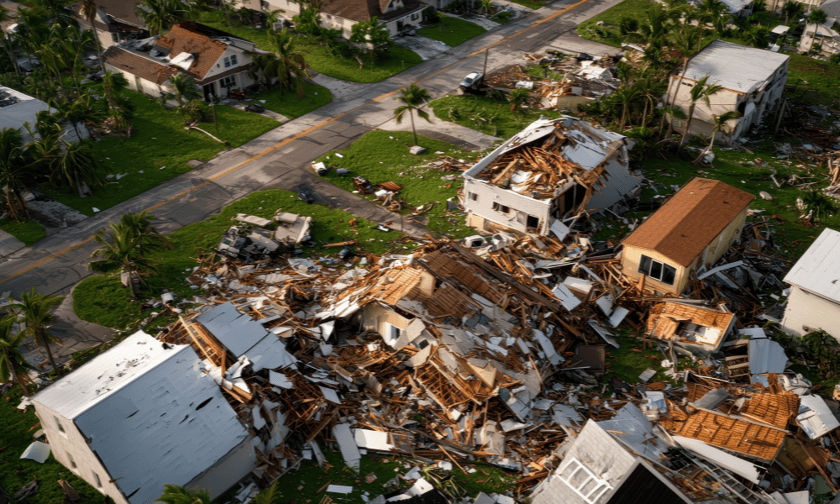

The Natural Hazards Commission (NHC) is responding to scrutiny from Canterbury homeowners, who have expressed frustration over delays and procedural complexities in resolving claims from the 2010-2011 earthquake sequence.
Homeowners and advocates argue that slow response times and bureaucratic hurdles have left many properties with unresolved damage.
Christchurch community board member and claimant advocate Ali Jones has voiced concerns, arguing that NHC’s approach prioritises bureaucratic objectives over transparent engagement with homeowners. She asserts that this emphasis on internal goals hinders open communication, making it harder for claimants to resolve issues with their properties.
Responding to the criticisms, NHC chief executive Tina Mitchell defended the commission’s processes.
“We are committed to resolving outstanding Canterbury claims and ensuring homeowners receive their fair entitlements. We place homeowners at the centre of our work and focus on providing lasting resolutions,” she said.
According to Mitchell, the Canterbury Earthquake Sequence generated around 469,000 claims, all reportedly resolved by 2016. However, a small subset of claims, about 566 as of June 30, 2024, have been reopened by homeowners seeking additional support. This figure marks a 21% decline from the 722 reopened claims documented the previous year.
Mitchell said that the NHC continues to handle approximately 340 claims per month, closing out a similar number monthly. She said that the commission’s ongoing monitoring efforts have not flagged widespread issues of delay or procedural shortcomings.
The NHC’s mandate involves verifying that damage in reopened claims directly links to the Canterbury earthquakes and ensuring that repairs are based on accurate assessments. The commission indicated that this occasionally requires additional evaluations, beyond those provided by the homeowner, which it described as a routine process, especially in cases where years have passed since the initial event.
The agency is also heavily involved in the government’s On-Sold programme, a separate initiative designed to assist homeowners who purchased properties with unresolved earthquake damage.
Mitchell said that more than 800 homeowners have completed repairs through the program and returned to their properties.
Recently, the government introduced new deadlines to guide the remaining 250 claims in the programme. NHC pledged to follow these revised guidelines and help homeowners progress their applications in line with the updated timeframe requirements.
Mitchell also addressed the commission’s efforts to limit litigation. Legal disputes involving Canterbury claims have significantly decreased, with 18 cases still in litigation as of mid-2024, down from 110 cases recorded in 2020.
She said that most of NHC’s legal expenses over the past year were unrelated to Canterbury claims but were instead associated with fulfilling statutory functions, such as policy development, managing the Natural Disaster Response Model with private insurers, and implementing the 2023 Natural Hazards Insurance Act.
The NHC’s annual report highlighted a funding deficit within the Natural Hazard Fund, which lacks sufficient assets to cover all projected liabilities, including ongoing Canterbury claims. This deficit reflects a cumulative impact from multiple disaster events, including the Canterbury earthquakes, the 2016 Kaikoura earthquake, and recent weather events affecting the North Island.
NHC has distributed over $12 billion in claims since the Canterbury events. Despite the fund’s shortfall, the commission emphasised that it operates under a government-backed guarantee to cover any shortfall in available funds for claim payments.
In addition, a $9 billion reinsurance program exists to provide financial support in the event of future large-scale natural disasters. The government separately funds the On-Sold programme.
